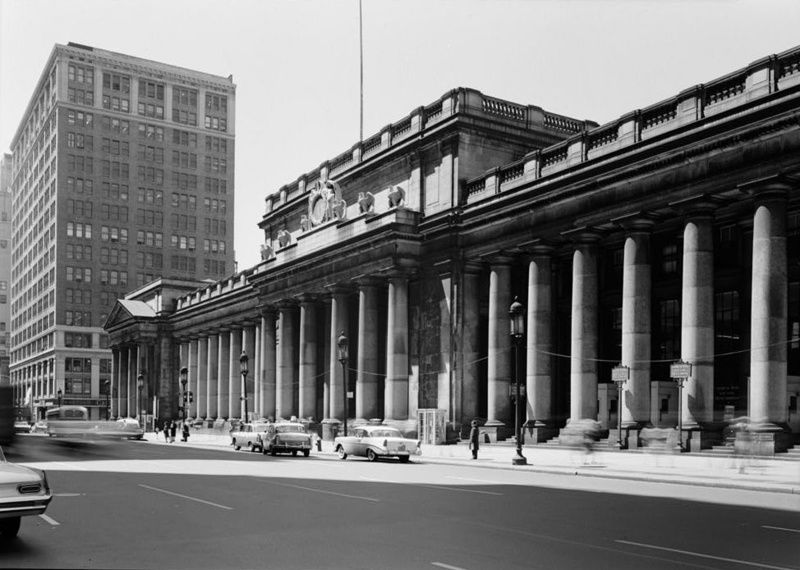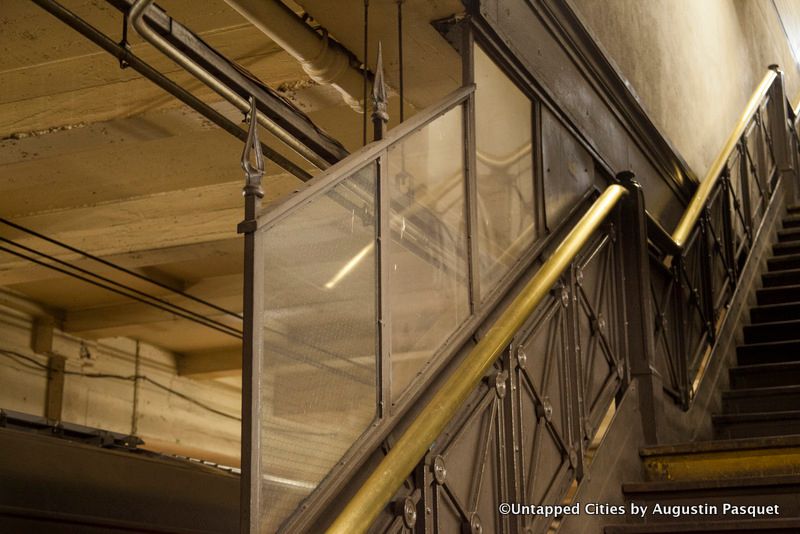Last Chance to Catch NYC's Holiday Notalgia Train
We met the voices of the NYC subway on our nostalgia ride this weekend!


Some may wonder what Hamilton Grange, Washington Square Park, and the Eldrige Street Synagogue have in common. While one is the country home of an esteemed Founding Father, another is a park with a storied history, and the last is a 19th-century place of worship. A string of preservation efforts, however, ties them together. Due to the efforts of New Yorkers, these three sites and more have escaped destruction. However, this did not come without a cost. After protesters failed to preserve the original Penn Station in August 1962, a new dawn of landmark preservation emerged that saved historical spaces throughout the city’s five boroughs.

The original Penn Station, a building constructed by the architectural firm McKim, Mead & White, was a Beaux-Arts masterpiece whose remnants still exist today. Just as the station now bustles with individuals in professional attire, the original Station once funneled through thousands of suited individuals. But on August 2, 1962, some of these suited individuals carried signs reading “Action Not Apathy,” “Don’t Sell Our City,” and “Save Penn Station,” among other phrases. In one of their first instances of public protest, The Action Group for Better Architecture, otherwise known as AGBANY, led this demonstration in an effort to preserve the historic station.
Among the hundreds of people who attended the protest, influential figures including Jane Jacobs, Paul Rudolph, Philip Johnson, and Aline Saarinen, raised their voices to demand the preservation of one of New York City’s notably historic and traversed buildings. Their efforts turned heads and caught the attention of the press, who recorded, “The marchers formed a picket line near the main entrance to the station on Seventh Avenue shortly after 5 p.m. Young secretaries and architects buttonholed commuters for their signatures to petitions. Several hundred were obtained.”

Despite the protester’s valiant efforts, the demolition of the original Penn Station began more than a year later on October 28, 1963. On August 1, Untapped New York‘s chief experience officer Justin Rivers will commemorate the protest and original station with two mini-tours of the picket site during the New York Preservation Archive Project’s event, Marking the 60th Anniversary of the Famed AGBANY Penn Station Picket. Rivers’ tours, which begin at 5:45 and 6:05, are free and open to the public. In addition to the tours, the event will feature remarks from Peter Samton, one of the AGBANY organizers of the 1962 picket. Remarks and toasts will occur at Tracks Raw Bar & Grill at 220 W 31st Street.
If you want to learn more about the history of Penn Station, join Untapped New York on our Remnants of Penn Station Tour. Also led by Rivers, the tour will pass by over a dozen indoor and outdoor old-station remnants hidden in plain sight. In addition to learning insider navigation tips for one of the most cramped and complicated transit hubs in North America, participants will see never-before-seen old station photos from the collections of three photographers who photo-documented Penn’s life and demolition. At the end of the tour, you will receive a framable, reproduction ticket of the first commuter ride into Pennsylvania Station from 1910.
Since the destruction of the original Penn Station, the Landmarks Preservation Commission has become the largest municipal preservation agency in the nation. The destruction of the original Penn Station was one of the more significant reasons the commission came to be. Yet since its inception in 1965, the commission has created more than 37,600 landmark properties in New York City. Thanks to them, these thousands of architecturally, historically, and culturally significant buildings and sites are safe. Out of destruction in 1962, preservation as a New York City priority was borne.
Next, see more photos of the demolition of Penn Station and find out where the 22 eagles of the original Penn Station ended up!
Subscribe to our newsletter